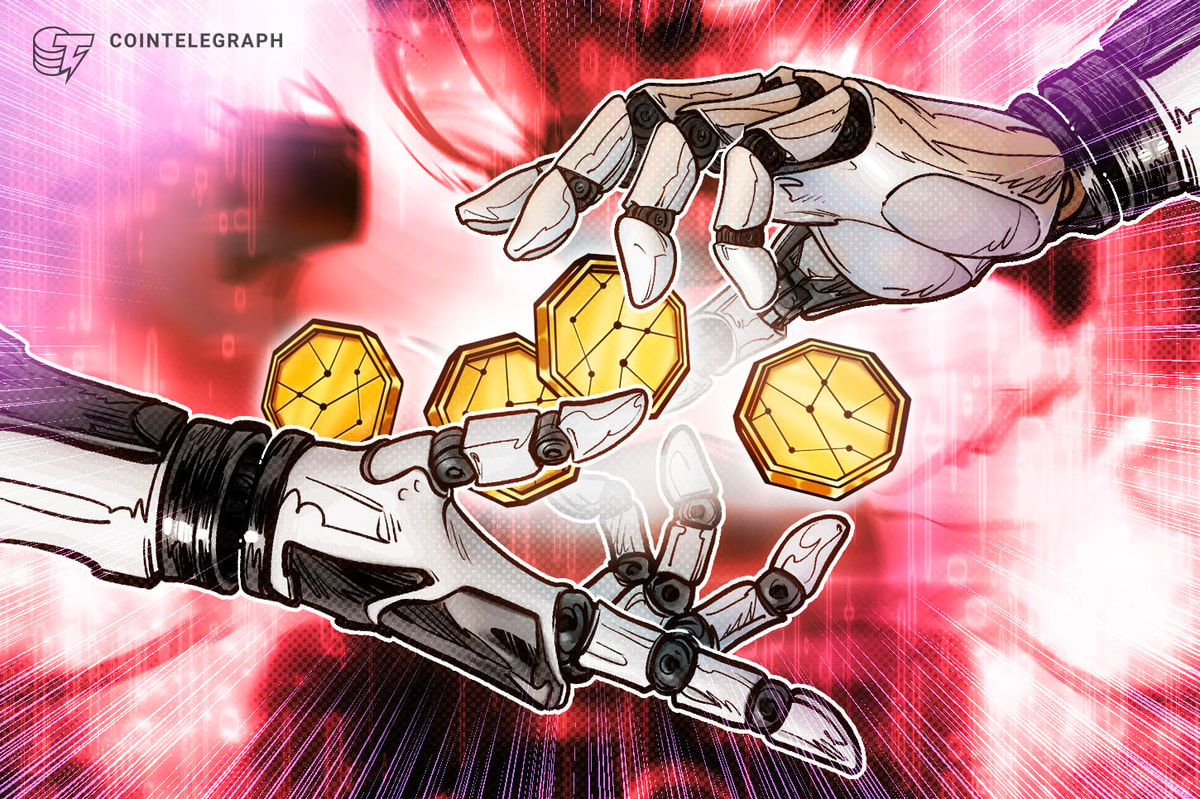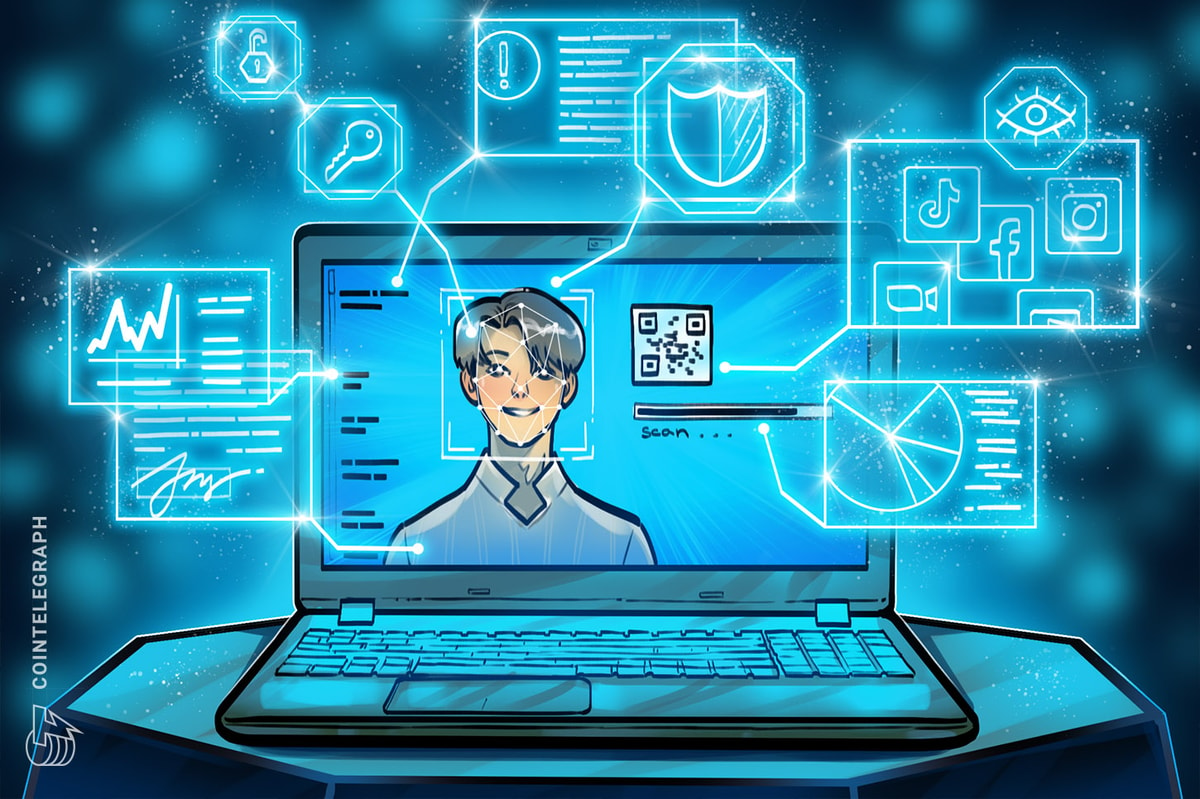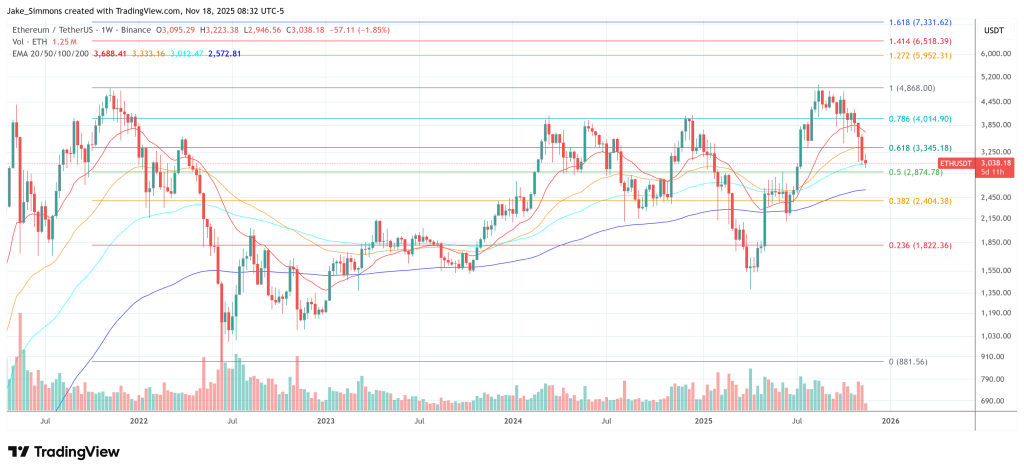The Metaverse and Intellectual Property Protection
The Challenges of IP Protection in the Metaverse
The metaverse presents unique challenges to IP protection:
- Decentralization: The metaverse comprises multiple platforms, making it difficult to enforce IP rights consistently.
- Anonymity: Users often operate under pseudonyms, complicating the identification of infringers.
- Reproducibility: Digital goods and assets can be easily copied, leading to unauthorized replication.
- Jurisdictional Issues: The global nature of the metaverse creates legal ambiguities about which laws apply to IP disputes.
Addressing these challenges requires innovative solutions, and blockchain and AI have emerged as key enablers.
Blockchain for IP Protection
Blockchain technology offers unique capabilities that align with the needs of IP protection in the metaverse:
-
Immutable Recordkeeping
Blockchain’s decentralized ledger creates an immutable record of ownership, ensuring that IP rights are transparently documented. For instance, creators can register their digital assets, such as virtual real estate, NFTs (non-fungible tokens), or digital art, on a blockchain. This timestamped record serves as proof of ownership, deterring disputes and counterfeiting.
-
Smart Contracts
Smart contracts—self-executing agreements coded on a blockchain—automate the enforcement of IP rights. For example:
A creator could use a smart contract to automatically receive royalties whenever their digital asset is resold in the metaverse.
Licensing agreements for virtual products can be coded into smart contracts, ensuring compliance and reducing legal overhead.
-
Provenance Tracking
Blockchain enables the transparent tracking of an asset’s history, including its creation, ownership changes, and transactions. This feature is invaluable in verifying the authenticity of digital assets, reducing the risk of fraud and counterfeiting.
-
Interoperability
Blockchain’s decentralized nature ensures that IP protection can span across multiple metaverse platforms. Using interoperable standards, creators can protect their assets regardless of the virtual world they operate in.
Case in Point: NFTs
Non-fungible tokens (NFTs) are a prime example of blockchain-based IP protection in the metaverse. NFTs link digital assets to unique blockchain records, ensuring authenticity and enabling creators to monetize their work securely. For example, artists selling virtual goods in the metaverse can rely on NFTs to prove ownership and enforce resale royalties.
AI for IP Protection
AI complements blockchain by enhancing the detection, enforcement, and management of IP rights in the metaverse:
-
Content Recognition and Monitoring
AI-powered algorithms can identify and monitor digital assets across the metaverse to detect unauthorized use or replication. For instance:
Image recognition AI can detect if a copyrighted digital artwork is being replicated on different platforms.
Natural language processing (NLP) models can monitor text-based content for plagiarism.
-
Infringement Detection
AI excels in identifying patterns of infringement, even in complex scenarios. For example, AI can analyze transactions, metadata, and user behavior to flag counterfeit NFTs or stolen digital goods. By automating this process, AI reduces the time and effort required for IP enforcement.
-
Predictive Analytics
AI can predict potential IP disputes by analyzing trends in user activity and past infringement cases. This enables proactive measures to prevent violations, such as issuing warnings or blocking access to infringing content.
-
Automated Legal Assistance
AI-driven chatbots and legal assistants can guide creators through IP registration, dispute resolution, and compliance processes. These tools lower the barrier to IP protection for smaller creators who may lack resources.
Synergizing Blockchain and AI for IP Protection
While blockchain provides the foundational infrastructure for IP protection, AI enhances its effectiveness through automation and intelligence. Together, these technologies create a robust ecosystem for safeguarding IP in the metaverse:
-
Enhanced Asset Authentication
AI can verify the authenticity of digital assets registered on a blockchain. For example, an AI algorithm can validate that an uploaded 3D model matches its registered blockchain record, ensuring consistency.
-
Dynamic Enforcement Mechanisms
AI can monitor the metaverse for IP violations in real-time, while blockchain-based smart contracts automatically enforce penalties or restrictions. This synergy ensures swift and effective responses to infringements.
-
Scalable Protection
AI’s ability to process vast amounts of data combined with blockchain’s decentralized infrastructure ensures scalable IP protection across the expansive metaverse.
-
Data Integrity
Blockchain ensures the integrity and security of data used by AI models. By sourcing data from tamper-proof ledgers, AI algorithms can operate with higher accuracy and reliability.
Future Implications and Opportunities
As the metaverse evolves, blockchain and AI will continue to play pivotal roles in shaping IP protection strategies. Emerging opportunities include:
- Universal Standards: Developing universal blockchain-based standards for IP registration and management across metaverse platforms.
- Decentralized Dispute Resolution: Combining blockchain and AI to create decentralized systems for resolving IP disputes without traditional legal interventions.
- AI-Driven Innovation: Leveraging AI to identify new revenue streams and licensing opportunities for creators within the metaverse.
Conclusion
The metaverse is a transformative frontier, but its success hinges on the protection of intellectual property. Blockchain and AI offer complementary strengths in creating secure, transparent, and scalable IP protection systems. By integrating immutable recordkeeping, smart contracts, AI-driven monitoring, and predictive analytics, these technologies empower creators and businesses to thrive in the metaverse.
FAQs
Q: What are the challenges of IP protection in the metaverse?
A: The metaverse presents unique challenges to IP protection, including decentralization, anonymity, reproducibility, and jurisdictional issues.
Q: How do blockchain and AI enhance IP protection in the metaverse?
A: Blockchain provides a decentralized and immutable record of ownership, while AI enhances the detection, enforcement, and management of IP rights through content recognition, infringement detection, predictive analytics, and automated legal assistance.
Q: What are the emerging opportunities for IP protection in the metaverse?
A: Emerging opportunities include developing universal blockchain-based standards, decentralized dispute resolution, and AI-driven innovation to identify new revenue streams and licensing opportunities for creators within the metaverse.









